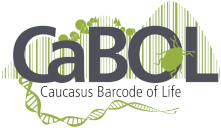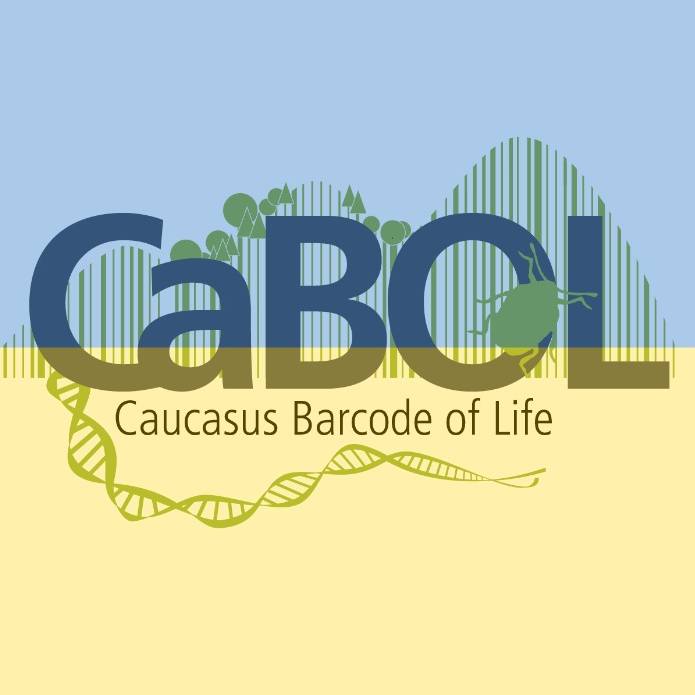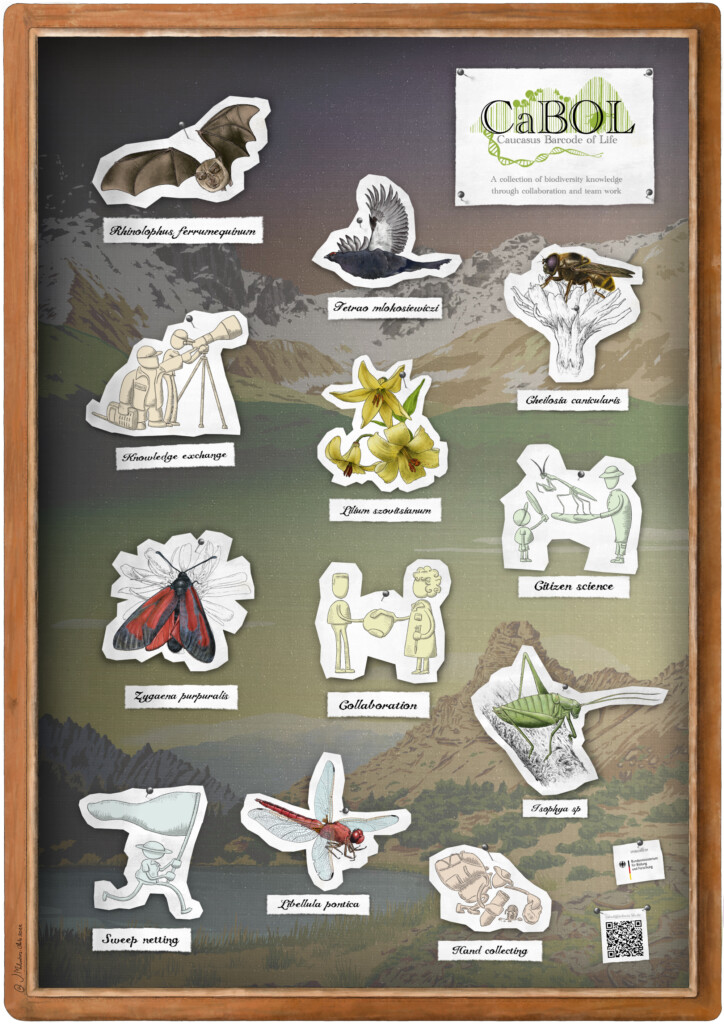CaBOL on Instagram
Caucasus Barcode of LifeCaBOL on Facebook
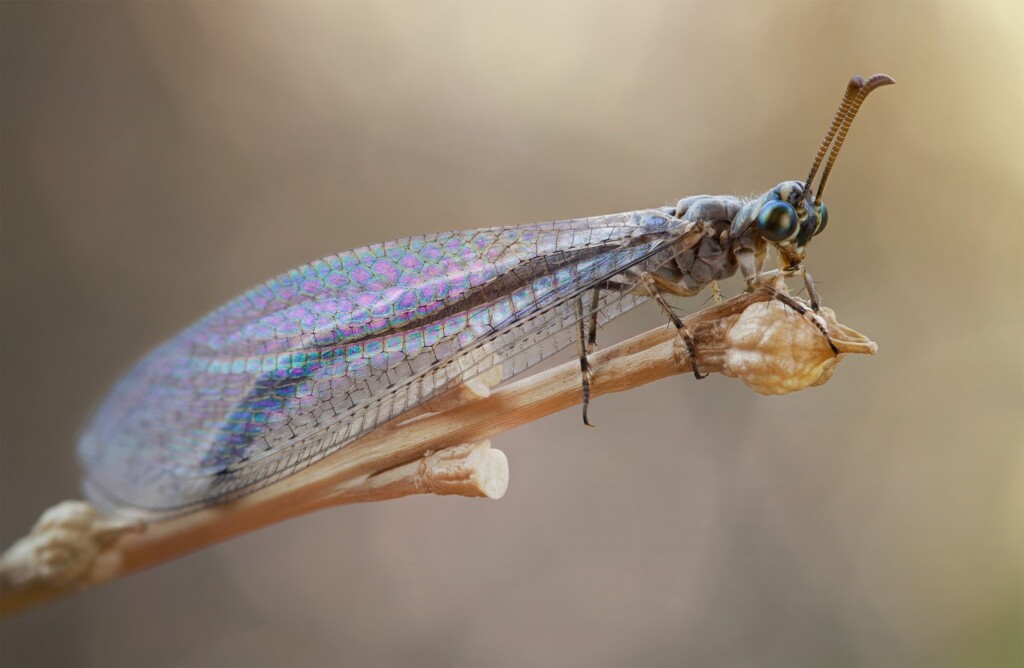
visit CaBOL Facebook Page
Problem displaying Facebook posts. Backup cache in use.
Click to show error
CaBOL info materials
CaBOL publications
Fischer, Gröger & Lobin (2018) Illustrated Field Guide to the Flora of Georgia
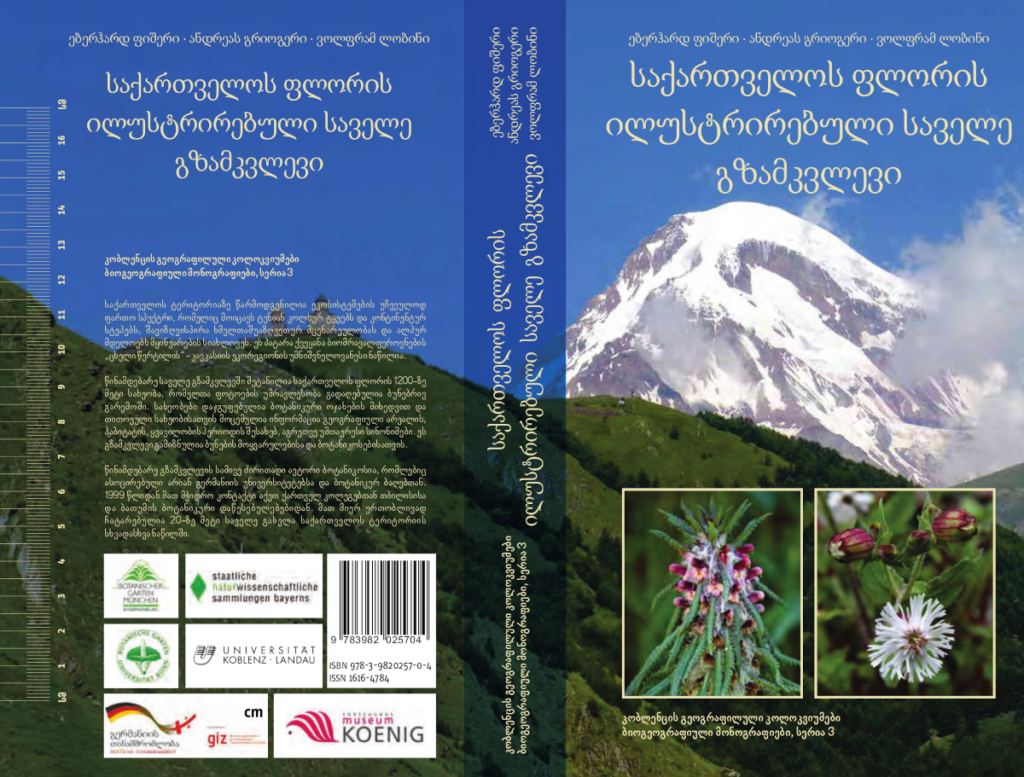
Explore Georgia’s wealth of plants
Georgia may be a small country, but it has an extraordinary range of ecosystems, from humid Colchic forest to continental steppe, from Mediterranean vegetation along the Black Sea coast to alpine meadows next to mountain glaciers.
This gives rise to an extremely rich flora, making Georgia a key contributor to the biodiversity hotspot of the Caucasus ecoregion.
The “Illustrated Field Guide to the Flora of Georgia (South Caucasus)” explores this wealth of plants. It is designed as a practical companion for excursions, for both nature enthusiasts and botanists, especially students.
Depicting more than 1,200 plant species on 830 pages, the Guide covers nearly a third of the Georgian flora. Almost all 3,500 photos are of plants in their natural habitats. The species are grouped by family, and each species portrait includes distribution range, distribution in Georgia (shown in 1,010 maps), endemism, habitat, flowering period and common synonyms. The book was published in 2018.
The three authors, Eberhard Fischer, Andreas Gröger, and Wolfram Lobin are botanists, connected to German universities or botanic gardens. Since 1999, they have worked closely with Georgian colleagues in Tbilisi and Batumi and between them they have conducted more than 20 excursions to most of Georgia’s provinces.
The project has been supported by Deutsche Gesellschaft für Internationale Zusammenarbeit (GIZ) and Zoological Research-Museum Alexander Koenig.
A Georgian translation of the Field Guide is now available. The translation, by the well-known Georgian botanists Nino Memiadze, Batumi Botanical Garden, and David Kikodze, Botanical Institute, Ilia State University, has been made possible by generous support of GIZ.
This translation can be downloaded here at no cost. The three authors hope that it will encourage greater engagement with Georgia’s flora, particularly by students, as it is knowledge and appreciation that will safeguard the future of this remarkable natural heritage.
read and free download Georgian language version here:
For Georgian students there is a special discount for the English edition of the Field Guide. With your Georgian student ID, this book is available for 50 Lari (regular price 80 Lari) at Gardenia Shevardnadze (see details below).
Eberhard Fischer, Andreas Gröger, Wolfram Lobin (2018)
Illustrated Field Guide to the Flora of Georgia (South Caucasus)
Koblenz Geographical Colloquia, Series Biogeographical Monographs 3
830 pages, softcover, 15 x 23 cm, 3.500 photos, 1.010 maps
ISBN 978-3-9820257-0-4
retail price 29, – €
Ordering address:
Gardenia Shevardnadze
Adress – Nikoloz Khudadovi street No. 138, Tbilisi, Georgia
Telephone number – 0322246703, 599181634
For online shopping – 595054793
Email: contact@gardenia.ge
Or in book shops in Tbilisi
CaBOL videos
CaBOL impressions movie
CaBOL bioblitz 2022 Batsara
CaBOL bioblitz 2022 TV1
CaBOL bioblitz 2022
Caucasus Barcode of Life – The Video
Check out the new ISU video on CaBOL! Prof. David Tarkhnishvili describes how the project developed from the GGBC project to today’s international Barcoding initiative and what are our main activities in CaBOL: field work & collecting, lab work and the database & bioinformatics. Regional coordinator Stefan Otto talks about the teaching and training aspects of CaBOL and applications in society. Students Shota Japarashvili and Lisa Karalashvili give insight into their involvement with CaBOL, their interests, areas of responsibilities in field work, sorting samples and species identification. Enjoy!
CaPop
CaBOL/GGBC applied for the International Award for Education and Science Diplomacy of the BMBF in September 2020. In the course of this, a short video was created in which the project is presented and possible future initiatives are advertised.
CaBOL on Armenia Public Television 1TV
CaBOL on Armenia Public Television 1TV
The video, with the title “Each animal will have its barcode”, was made specially to represent the field works in the frame of CaBOL project. It was made in the scopes of a series about the science in Armenia and international projects where Armenian scientists are participating. Each participant briefly representing their direction in CaBOL activities and the state of knowledge about the biodiversity. The video is in Armenian language.
Kintrishi BioBlitz
In July 2018, a mixed group of dozens of Georgian and German scientists and students visited the area to collect and identify specimens for DNA barcoding, in a so-called BioBlitz event, the first so far to take place in Georgia.
